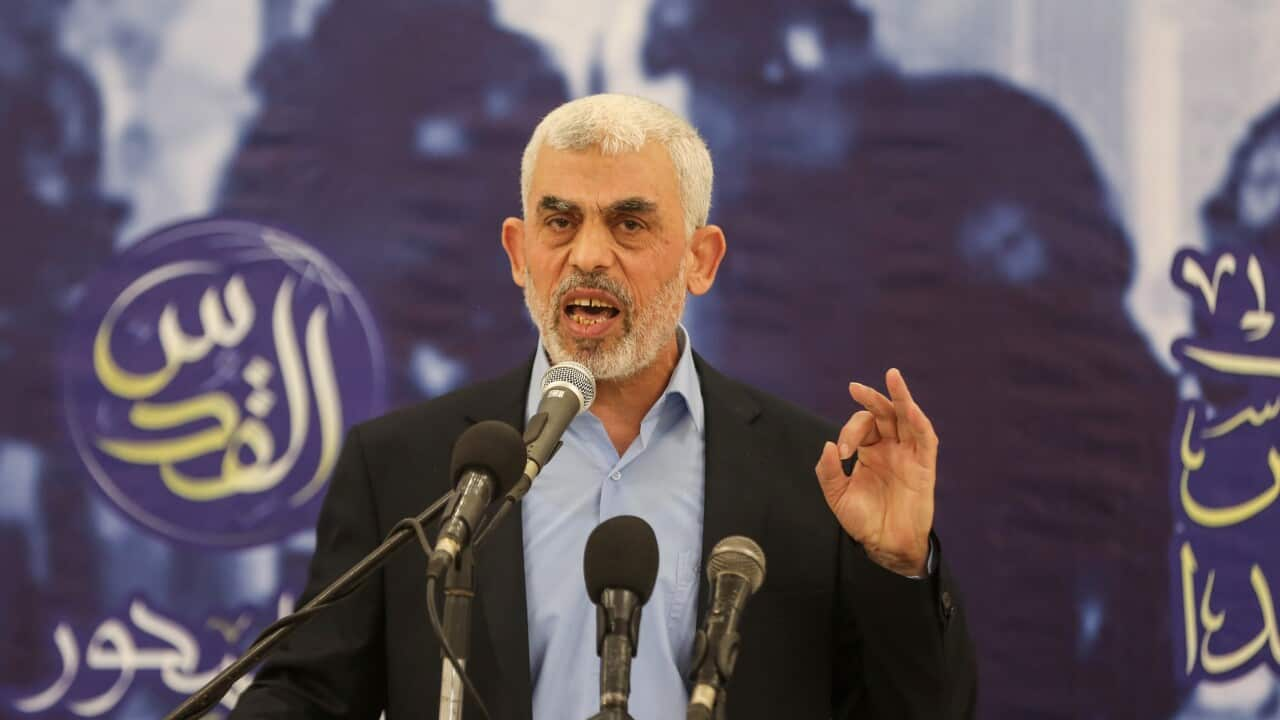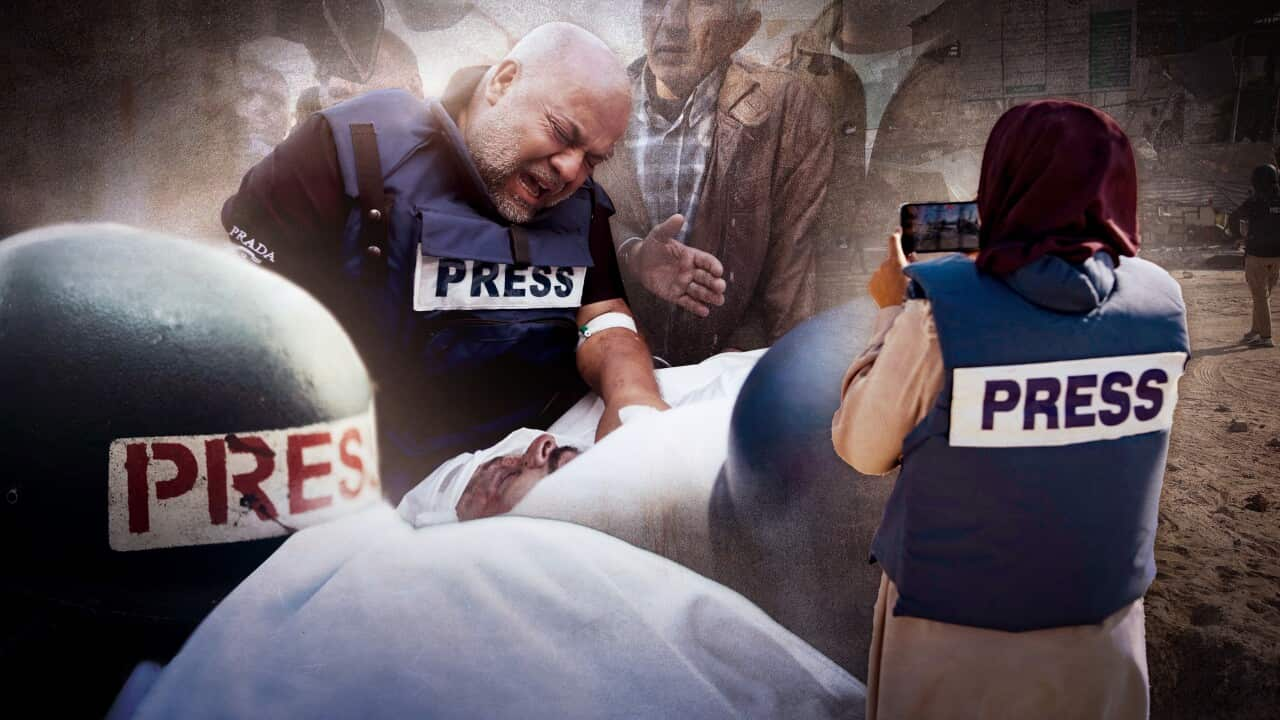Hamas leader Yahya Sinwar, believed to be behind the October 7 attack that triggered the Gaza war, has been in the Palestinian enclave, Israel has confirmed.
The killing of Sinwar, who was at the top of Israel's most-wanted list, marks a significant moment in the ongoing conflict.
Here's what we know about him and the impact of his death on the Hamas-Israel war and the wider region.
Who was Yahya Sinwar?
Sinwar, who was widely known as Abu Ibrahim, was born in the Khan Younis refugee camp in southern Gaza in 1962. He grew up in poverty.
His family had been displaced from the Palestinian village of al-Majdal, now the Israeli city of Ashkelon, following the 1948 Arab-Israeli war.
He attended Khan Younis Secondary School for Boys and later graduated with a bachelor's degree in Arabic language from the Islamic University of Gaza.
Sinwar became a member of Hamas shortly after it was founded in the 1980s, adopting the group's radical Islamist ideology, which aims to establish a Palestinian state and stop the Israeli occupation of Gaza and the West Bank, illegal under international law.
He was first arrested by Israel in 1982 when he was around 19 years old for participating in "Islamic activities".
He was arrested again in 1985, during which time he gained the trust of Sheikh Ahmed Yassin, the founder of Hamas, contributing to his later rise within the group.
Sinwar spent over 22 years in Israeli prisons after being arrested in 1988 for allegedly planning the killing of two Israeli soldiers and several other Palestinians. He was sentenced to four life sentences by Israel.
During his imprisonment in his late 20s, Sinwar was asked why he hadn't married. In his response, he said: "Hamas is my wife, Hamas is my child. Hamas is everything to me."
He was released in 2011 as part of a prisoner swap that freed Gilad Shalit, an Israeli soldier held captive by Hamas for five years.
Following his release, he married and later had three children.
Sinwar quickly rose through the ranks within Hamas and was more associated with the militant faction of the organisation.
He had vowed to free all Palestinian prisoners held in Israel.
Sinwar as Hamas leader
When Sinwar returned to Gaza, he was immediately accepted as a leader, not only due to the years he had spent in Israeli prisons but also because of his reputation for being a ruthless enforcer and his hardline stance against Israel.
In 2013, he was elected as a member of Hamas' political bureau and later became his head in 2017.
His leadership marked a significant moment for Hamas, as he was known for his hardline stance and close ties to the group's military wing.
Sinwar's role in the Hamas-Israel war
that resulted in about 1,200 deaths with about 250 hostages taken by Hamas.
Nearly 42,000 Palestinians have been killed in the Israeli offensive, the Gaza health ministry says.
Sinwar has been viewed as a crucial decision-maker and likely the primary point of contact within Gaza during the intense negotiations regarding the return of hostages taken by Hamas in the October 7 attack.
Throughout the war, Sinwar consolidated his leadership within Hamas, emerging as its most influential figure.
His influence grew even further following the , also known as Mohammed Deif, the former commander-in-chief of the group's military wing, as well as Deif’s deputy, Marwan Issa.
Sinwar went into hiding after the October 7 attack. In August, after the in July.



